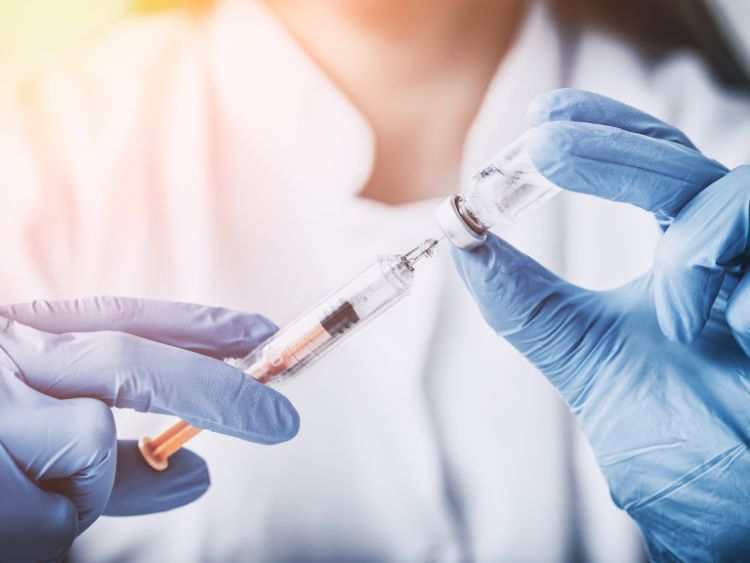In a world grappling with health crises, photos of vaccination have emerged as powerful symbols of hope, resilience, and the collective effort to turn the tide against diseases. These images, ranging from the historical snapshots of smallpox vaccinations to the recent COVID-19 immunization efforts, tell a story far beyond the mere act of receiving a shot. They encapsulate moments of relief, the anticipation of a return to normalcy, and the profound gratitude towards medical advancements. This article dives deep into the essence of these photographs, exploring their significance, the emotions they evoke, and their role in shaping public perception about vaccinations.
The Power of Visuals in Public Health
Visual storytelling has always played a crucial role in public health campaigns, and photos of vaccination are no exception. These images serve several purposes:
- Educating the Public: They provide a real-life glimpse into the vaccination process, demystifying it for those who may have reservations.
- Building Trust: By showcasing real people — from celebrities to everyday citizens — getting vaccinated, these photos help in building trust in the safety and efficacy of vaccines.
- Encouraging Uptake: Seeing others get vaccinated can motivate people to do the same, fostering a sense of community action.
The Emotional Spectrum of Vaccination Photos
A single photo of vaccination can evoke a wide range of emotions:
- Relief and Joy: For many, these images symbolize the beginning of the end of a crisis.
- Apprehension: The sight of needles and medical settings can also trigger feelings of discomfort and fear.
- Pride: Photos of healthcare workers getting vaccinated highlight their role as front-line heroes, evoking a sense of pride and gratitude.
The Ethical Considerations
While photos of vaccination can be powerful, photographers and publishers must navigate ethical considerations:
- Privacy: Ensuring the subjects’ consent and respecting their privacy is paramount.
- Accuracy: Images must accurately represent the vaccination process, avoiding any manipulation that could mislead the public.
- Sensitivity: Given the varied reactions to vaccines, it’s crucial to approach the topic with sensitivity and empathy.
The Role of Social Media
Social media platforms have amplified the reach of vaccination photos, turning them into viral phenomena. Hashtags like #GotTheShot and #VaccineSelfie encourage users to share their vaccination moments, contributing to a digital wave of advocacy for vaccine uptake.
FAQs on Photos of Vaccination
Q: Why are photos of vaccination important? A: They play a key role in public health education, building trust in vaccines, and encouraging vaccine uptake through visual storytelling.
Q: Can vaccination photos influence vaccine hesitancy? A: Yes, by showcasing real people getting vaccinated, these photos can help reduce vaccine hesitancy and encourage more people to get vaccinated.
Q: What ethical considerations should be kept in mind? A: Privacy, accuracy, and sensitivity are crucial when capturing and sharing photos of vaccination.
Summary
Photos of vaccination are more than just snapshots; they are poignant reminders of the human spirit’s resilience in the face of adversity. They tell a story of hope, collective action, and the pivotal role of vaccinations in safeguarding public health. As we navigate through these challenging times, let’s remember the power of these images to educate, inspire, and unite us in the ongoing battle against diseases.

